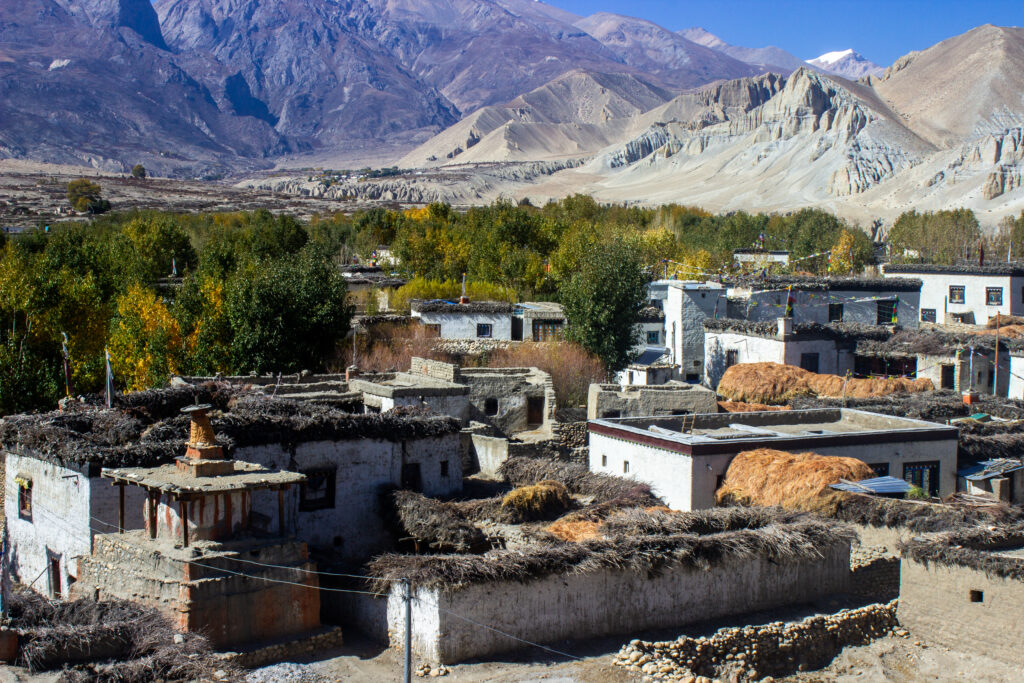Co‑development of vulnerability and risk assessment framework and methodology for Nepal
Bimal Raj Regmi · Regan Sapkota · Apar Paudyal · Dilip Kumar Gautam · Rajan Thapa · Rojy Joshi · Smriti Shah · Gita G.C. · Bhogendra Mishra
Conducting a vulnerability and risk assessment (VRA) is a critical step in adaptation planning and implementation. This research paper has assessed how the co-developed approach helped the Government of Nepal and stakeholders in Nepal to agree on and operationalize the vulnerability and risk assessment framework and what works best for the country’s context. The methodological framework consists of eight steps including (i) scoping, (ii) reviewing the framework (iii) identifying data sources (iv) exploring data sources, nature, and character (v) data collection, tabulation, fltration, and normalization (vi) weightage and composite value (vii) analysis of the data (viii) identifying climate change impact, vulnerability, and risk. The output of the vulnerability and risk assessment in Nepal presents a compilation of impacts, vulnerabilities, and risks and a description of their context, root causes, and trends. These research-based assessment can be used to
draw some possible adaptation options and improved decision-making at the national and sub-national levels. However, there were some challenges faced in analyzing the vulnerability and risks based on the indicators. There was a lack of a multi-year, complete, and uniform database, and difculties in developing scenarios of hazards due to unclarity on climate change attribution. The lessons from this paper will be important for designing a more practical and country-driven VRA framework and methodology for other countries.

